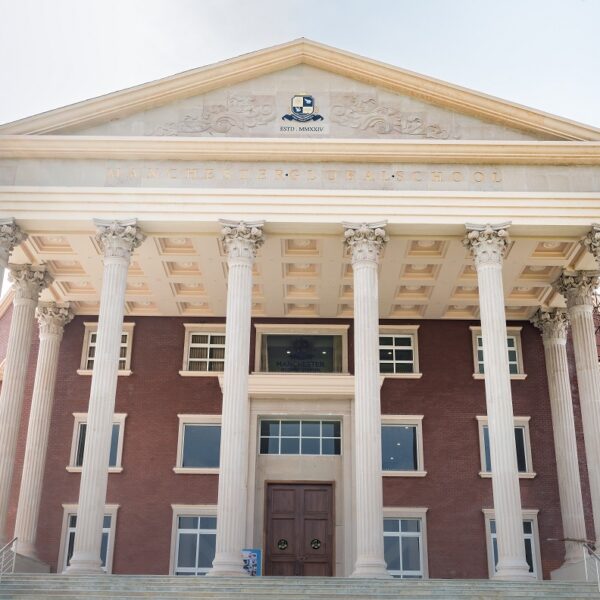Mediterranean Style Stone Facades is reviving architectural trends by mixing classic style with present-day elegance. The Mediterranean style takes its cues from southern European coastlines and combines rustic beauty with natural materials and muted earthy color palettes to create durable and attractive exterior designs.
 The Aesthetic Signature of Mediterranean Stonework
The Aesthetic Signature of Mediterranean Stonework
Mediterranean architecture creates welcoming spaces through its natural use of materials that align with outdoor surroundings. The key aspect of Mediterranean architecture is using stone as a building material. Buildings with Mediterranean Stone Facades use natural stone colors such as light beige, dark brown, and faded gray along with terracotta roofs and wooden touches. The compositional elements in architecture blend together to create a space that feels permanent and welcoming.
Traditional Mediterranean architecture maintains its identity by using natural stones instead of modern synthetic elements which create distinct patterns and history. Handmade textures combined with natural variations and artisanal touches create an authentic look that modern materials can never match.
Why Homeowners and Designers Are Choosing This Style
People now use traditional home designs while balancing elegant architecture with lasting materials. The exterior design of Mediterranean homes provides both beauty and practical benefits. Natural stone construction helps maintain regulated temperatures by staying warmer in winters and cooler in summers. The material stays strong even after decades while defending against harsh weather and physical stress.
Moreover, Mediterranean facades are versatile. These wall systems can integrate perfectly into homes both in rural settings and modern cities. These materials work well in both renovated and newly built homes.
A Touch of Europe in Indian Homes
Through advanced cladding techniques KW Stone Technologies Pvt. Ltd. is reintroducing classic European architecture using high-end natural stones for Indian construction. The external walls of these spaces establish a distinct royal yet peaceful identity regardless of building type.
The rising interest in Mediterranean facades throughout India shows how global influences meet local tendencies in architectural design. Warm Indian weather supports stone’s heat reduction benefits which makes this selection both fashionable and practical.
The Details That Make a Difference
A Mediterranean-style stone facade becomes exceptional by focusing on every element’s details. Stone-etched windows and wooden beams plus arched doorways with wrought iron balconies form the distinctive features of Mediterranean building style. Thoughtfully placed features produce a lasting picturesque exterior design.
Builders commonly use dry cladding methods for Mediterranean facades to create smooth walls that support good ventilation and uphold building stability. Our value-engineered solutions track cost reductions together with performance improvements to build successful long-term investments.
Sustainable, Stylish, and Built to Last
Sustainability now joins visual quality as necessary elements of contemporary building design. Natural stones from Mediterranean weather regions create durable and eco-friendly building exteriors. Building materials created from natural stones spend less resources to manufacture while needing minimal processing and generating lower carbon emissions than human-made materials.
The exterior panels remain attractive as they acquire a beautiful patina across their surfaces through natural weathering processes. These materials need little upkeep beyond installation which keeps costs low while offering lasting visual appeal.
Final Thoughts
Buildings with Mediterranean Style Stone Facades create design beautify while also immersing people in traditional textures that feel warm. These building elements look great forever and help the planet while benefitting their owners today.
Modern designers and developers now use Mediterranean style stone facades to show their clients how to live in designer spaces.

